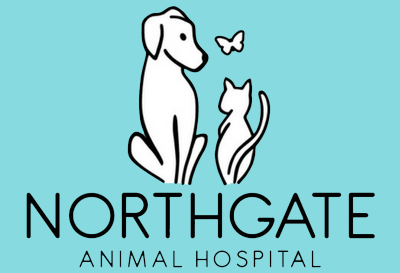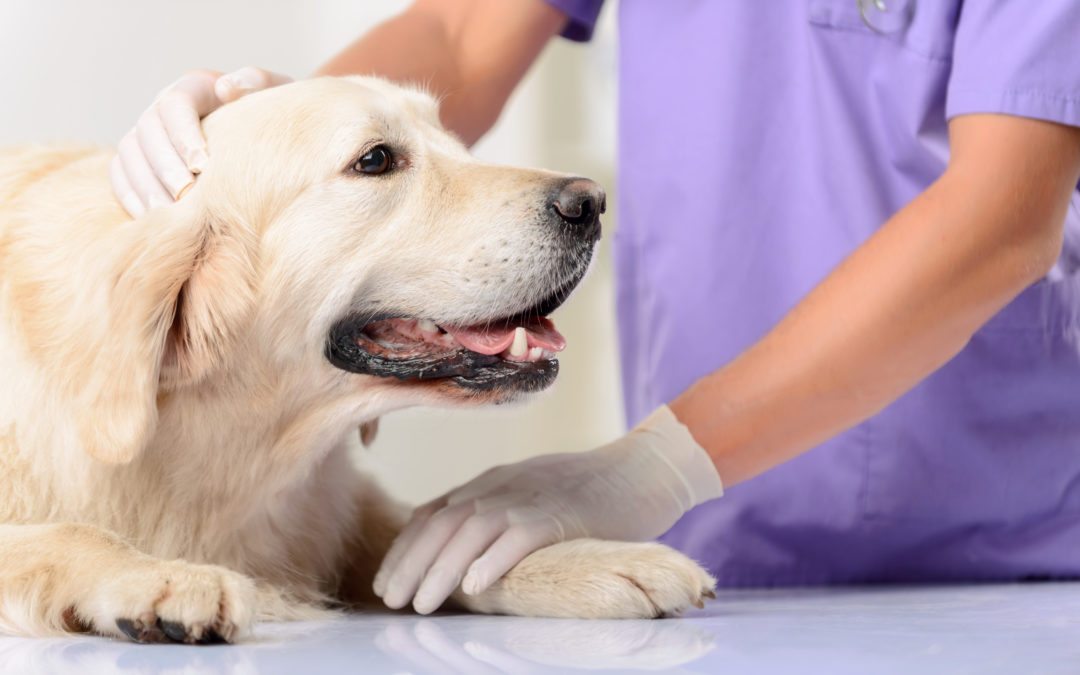A better conversation with your veterinarian begins with a better understanding of veterinary terms. Here is a quick veterinary vocabulary lesson to help you communicate with your veterinarian more accurately, and better understand what is going on with your companion.
Right or left?
Let’s start with defining what are the right and left sides of your furry friend, using an example of limping. It is not unusual for clients to tell us that their companion’s are limping on the right when it is actually their left side. This is because they are telling us what side they are seeing the limp on when they are facing their companion. In reality, the correct side is based on watching the animal from behind. In other words, there is only one right and one left side. Picture yourself on all fours. Your right is the same side as your companion’s right.
Front and back
The next common misconception has to do with joints. Even though cats and dogs walk on four legs, the joints are the same as ours, honest. We often hear “front knee” or “back wrist.” As above, if you got on all fours, your wrist would be where your companion’s wrist is, and your knee would be where your companion’s knee is.
All joints are the same, in our furry friends and people. So the front leg includes the shoulder, the elbow and the wrist (or carpus). And the back leg includes the hip, the knee and the ankle (or tarsus or hock).
Bones
Bones are exactly the same as well. One big difference is that most of our companions have a longer spine, full of vertebrae that allow tails to wag.
The bone in the arm is the humerus. The bones in the forearm are the radius (the bigger bone in companions) and the ulna (flimsy in companions, it makes up the funny bone).
The thigh bone is the femur. The scientific name for the kneecap is the patella. The bones in the leg are the tibia (or shin bone) and the fibula (the flimsy bone).
Stomach
An extremely common misconception is the stomach. Owners will say things like “my cat/dog has a tumor on the stomach. What is usually meant is that there is a mass under the skin of the belly (or abdomen).
Meanwhile, to vets, the stomach is the organ inside the abdomen, where food ends up. So if you can feel a lump on the outside in the skin layers this is not a mass on the stomach but a mass of the skin.
Likewise, a “stomach upset” is a very broad expression. Keep in mind that any part of the intestinal tract can cause vomiting or diarrhea. So instead of saying that your companion’s stomach is the issue, explain the signs he is showing.
These names and terms should help you have a more meaningful conversation with your vet. If you come across a word you don’t understand, never be afraid to ask. Sometimes, we get carried away when we explain a medical condition, and might use complicated medical words. We would be more than happy to tell you the correct terminology, because the more you know, the more you can help us, help your furry friend.
Dr. Phil Zeltzman, DVM, DACVS, CVJ
If you have any questions or concerns, you should always visit or call your veterinarian — they are your best resource to ensure the health and well-being of your companions.






